Featured image: This year marks the 80th anniversary of D-Day on the beaches of Normandy | Photo by Marie-Anaïs Thierry, Normandy Tourism
Honouring the men and women at the British Normandy Memorial
by Leyla Alyanak
The British Normandy Memorial is a long walk from the parking lot, especially when the wind is blowing umbrellas inside out and the rain is slicing through the air. Despite the inclement weather, small groups hasten toward the distant stone monument, pausing to read the engraved columns they pass.
Rows of dark pillars leaning into the rain catch my eye. Approaching, I realize they aren’t pillars at all, but larger-than-life silhouettes of soldiers in battle gear, standing solemn across the field.
These figures – 1475 in total – are works of art created by volunteers at “Walking with Giants”, a UK charity that crafts large-scale outdoor remembrance art installations (this one took volunteers four years to complete). Here, the silhouettes honour those who died under British command on D-Day, along with 50 representatives of the Free French Forces and two nurses, the only women represented.
As I look across the soaked field at these stoic soldiers, the sheer scale of the numbers grips me. I haven’t gone to war, nor have I lost anyone close in one, but I feel a connection to these figures. The men they embody gave their lives so that I could live mine and be here today.
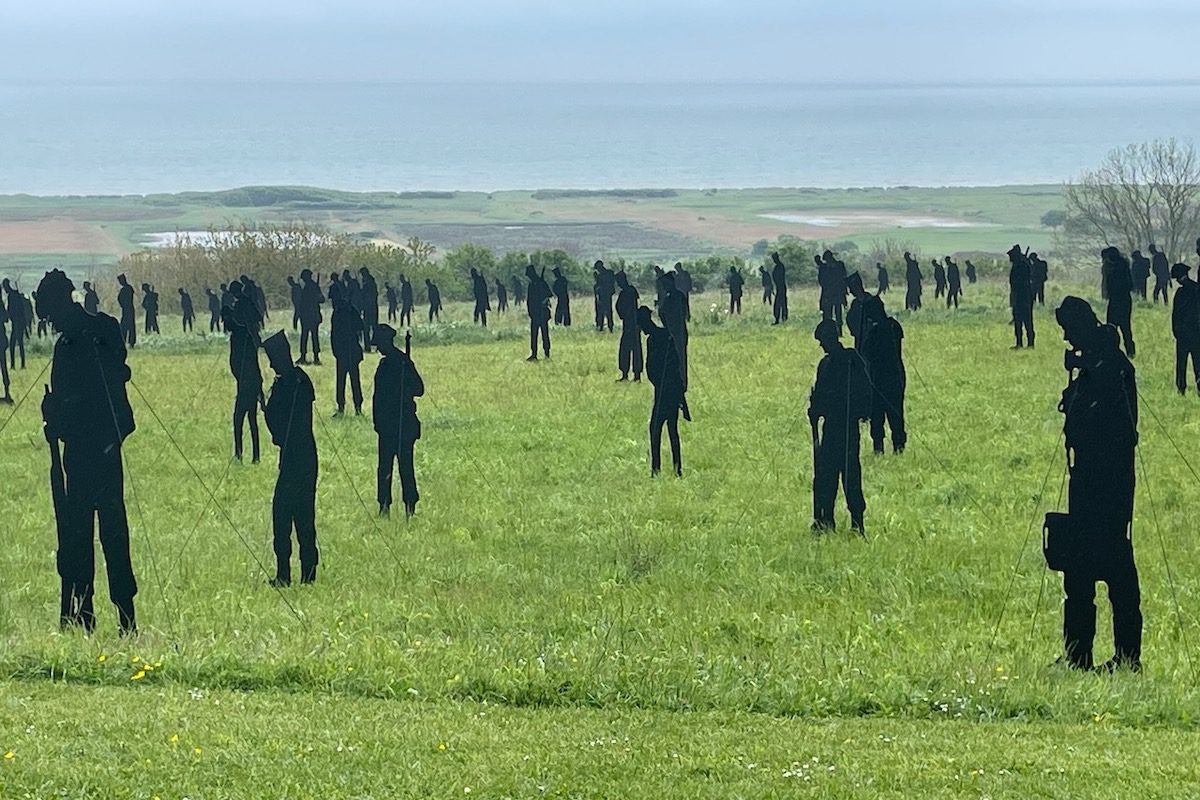
The scale of the invasion
The sculptures are part of the many events being organized for the 80th anniversary of June 6, 1944, or D-Day. On this day, the Allies – the forces fighting the Nazis – launched the largest amphibious military assault in history. Operation Overlord involved some 132,000 men in its first wave, of whom 9000 would be killed or wounded. Those who reached the shores before sundown would change the course of history.
By all accounts, it was a day filled with both success and sorrow. The element of surprise played in their favour. Allies orchestrated an elaborate scheme to trick the Germans into believing the invasion was taking place elsewhere, and it worked. Many things did go wrong and at one point the landing was almost called off, but it succeeded eventually, setting the stage for the liberation of Western Europe and the downfall of Nazi Germany.
Now, 80 years later, “Thank You” banners float above shops and on signs, a tribute to the soldiers who travelled far from home to help people they had never met.
Read More: Hidden Gems in France for Solo Women
D-Day’s 5 landing beaches
The D-Day Normandy landings spanned five beaches, from Utah in the west to Sword in the east.
Utah Beach, on the edge of the Cotentin Peninsula, was close to Cherbourg, a pivotal port the Allies hoped to secure. Its gentle slope made it accessible, so there were fewer casualties. The Utah Beach Museum offers personal stories of the American troops who landed here, making it a powerful introduction to the area, especially for first-time visitors.
Moving eastward is “Bloody Omaha”, so nicknamed for its many casualties. Here, 34,000 Allied troops faced a brutal landing, hindered by adverse winds, tides, and mines – and 2400 casualties.
The majority of soldiers landing on Normandy’s beaches were from the US, United Kingdom and Canada, with a contingent of Free French Forces, but many other countries joined in the effort to push back Hitler’s Atlantic Wall: Australia, Belgium, Czechoslovakia, Greece, the Netherlands, New Zealand, Norway, Poland and Rhodesia. Nationals from other countries also took part, whether in the fighting or by joining merchant marines.
Omaha is perhaps the most visited of the five. The more than 9000 tombstones planted in neat rows at the American Cemetery stand as vivid reminders of the sacrifice made by these youths fighting to free the continent. The timing is best if you can arrive late afternoon for the daily lowering of the flag, an emotional moment for anyone present, American or not.
At Pointe du Hoc, after the perilous landing, soldiers who managed to make it to shore were confronted by a daunting 35-meter (110 ft) cliff to reach the German fortified stronghold. The site is still pockmarked with craters and strewn with German artillery bunkers.
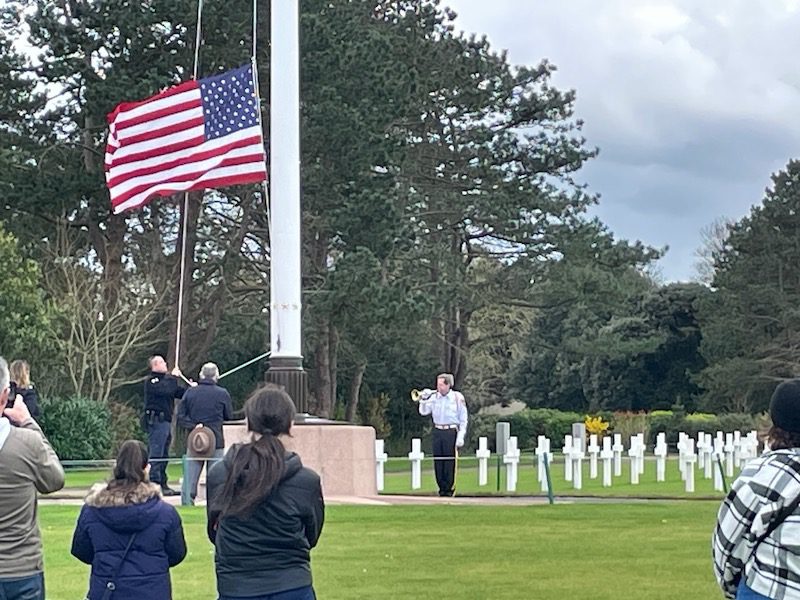
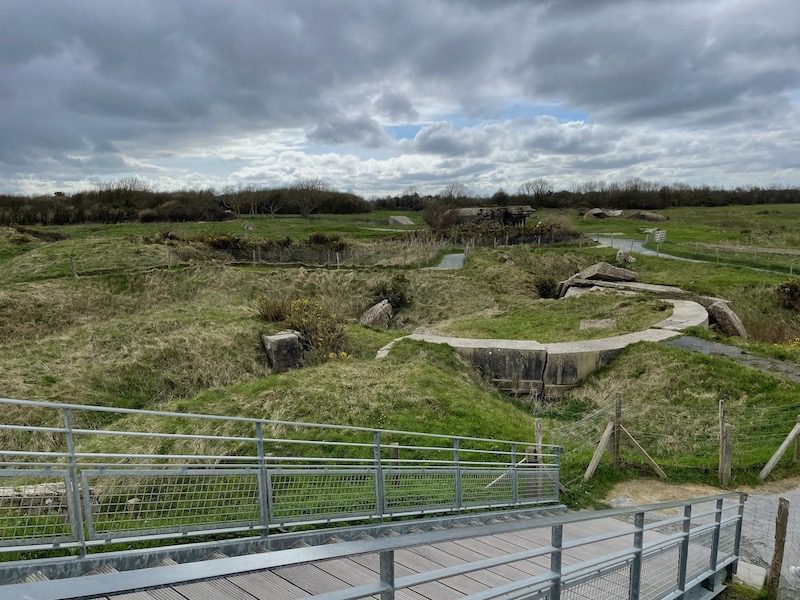
At Gold Beach, British forces were not only to breach the German defenses but also to capture the vital town of Arromanches and establish Mulberry Harbour, an artificial port essential to quickly unload troops and materials. You can still see the port’s remnants scattered close to shore, especially when the tide goes out, a stark counterpoint to the sight of happy families strolling along the boardwalk at sunset.
Just outside Gold Beach in Ver-sur-Mer is where you’ll find the British Normandy Memorial and the Walking with Giants statues.
Juno Beach, heading east, holds a special place in Canadian military history as the site where Canadian forces established a beachhead on D-Day, linking up with British forces from neighbouring Gold Beach. Here, 14,000 Canadians and 6400 British troops endured heavy casualties, their story skilfully told in the Juno Beach Center, Canada’s World War II memorial museum.
The final landing, Sword Beach, is where British troops and Free French Forces worked together to secure a critical victory against German defenses. The Grand Bunker Museum meticulously reconstructs the German defense strategies and living conditions within a massive bunker.
All these beaches are within easy driving distance of Bayeux or Caen, although a trip from Paris to a few beaches is possible but makes for a very long day.
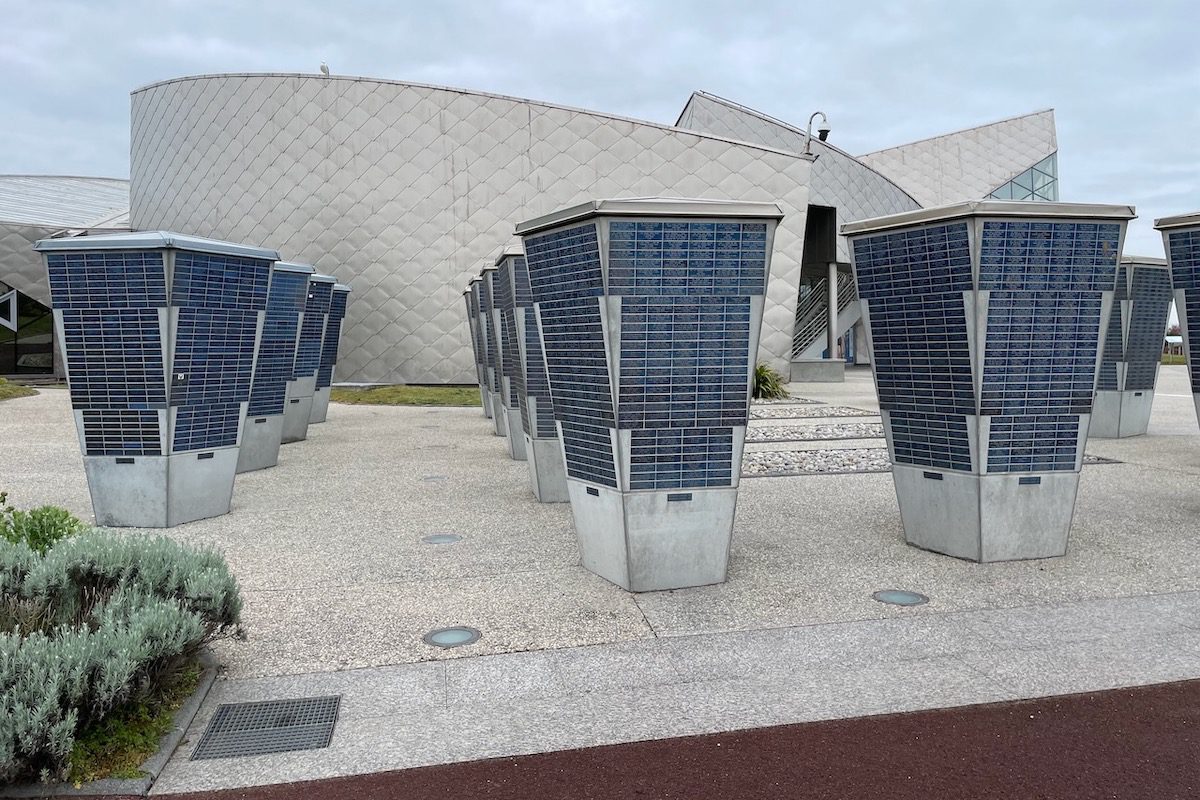
A legacy of peace
Visiting these beaches is more than a mere historical pilgrimage; it is an opportunity to honour the courage of those who fought for those who did not or could not, and to reflect on the peace their sacrifices achieved.
Today, Normandy’s tranquility, with its picturesque villages and thriving cities, belies its war-torn past. A journey here not only allows us to appreciate the fruits of peace – hard-won freedoms – but also reminds us to remember and understand history in the hopes of preventing its darkest chapters from ever repeating themselves.
As I left the Giants behind, the wind’s whistling intermixed with a few scattered scenes: families pausing in reverence, a young woman wiping away tears, a child’s innocent (but unanswered) question about the soldiers’ guns.
Among these echoes of the past, the wind seemed to carry both the weight of history and gratitude for peace.
How to get there
Because of its location, Normandy is extremely well-connected and easily accessible from around Europe.
Passengers arriving internationally by plane can land in Paris at either Paris Charles de Gaulle or Paris Orly and take an easy two-hour train ride into Normandy. Normandy also has four airports, though these mainly serve domestic flights from within France. Check for flights on Skyscanner here.
Visitors from the UK and Ireland can arrive by ferry by crossing the English Channel on one of the various ferry lines. Check timetables and prices here.
Those looking to take the train can connect to Normandy from Paris via the Saint-Lazare train station or the Montparnasse train station. From the UK, passengers can travel via the Eurotunnel and stop in Coquelles, which is only 1.5 hours from Le Tréport, a gateway to Normandy. Get train tickets here!
More to Discover From France
Where to Stay in Paris: Recommendations From Solo Women
Women share their top choices on where to stay in Paris, France, including hotels, hostels, and affordable options across the city.
Falling in Love with the Hilltop Villages of France’s Luberon… Again
On a small group women’s trip in the Luberon, France, we connect around art, food, sustainability, and the sheer natural beauty of Provence.
Understanding French Culture Through Food: How to Find the Right Food Tour in Paris, France
In France or elsewhere, finding a good food tour introduces us to local cuisine, but also offers us a peek into the history.

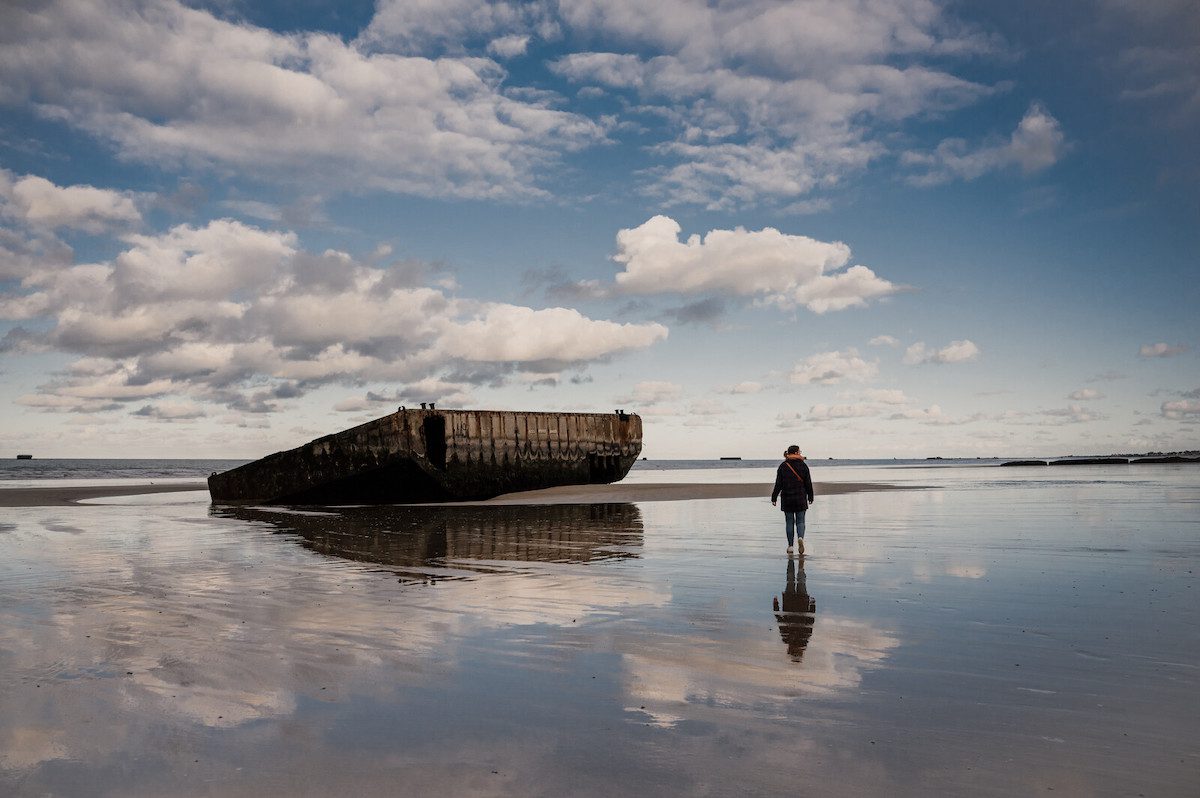




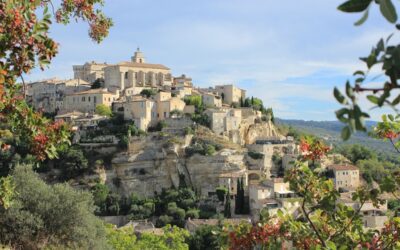

0 Comments
We always strive to use real photos from our own adventures, provided by the guest writer or from our personal travels. However, in some cases, due to photo quality, we must use stock photography. If you have any questions about the photography please let us know.
Disclaimer: We are so happy that you are checking out this page right now! We only recommend things that are suggested by our community, or through our own experience, that we believe will be helpful and practical for you. Some of our pages contain links, which means we’re part of an affiliate program for the product being mentioned. Should you decide to purchase a product using a link from on our site, JourneyWoman may earn a small commission from the retailer, which helps us maintain our beautiful website. JourneyWoman is an Amazon Associate and earns from qualifying purchases. Thank you!
We want to hear what you think about this article, and we welcome any updates or changes to improve it. You can comment below, or send an email to us at [email protected].